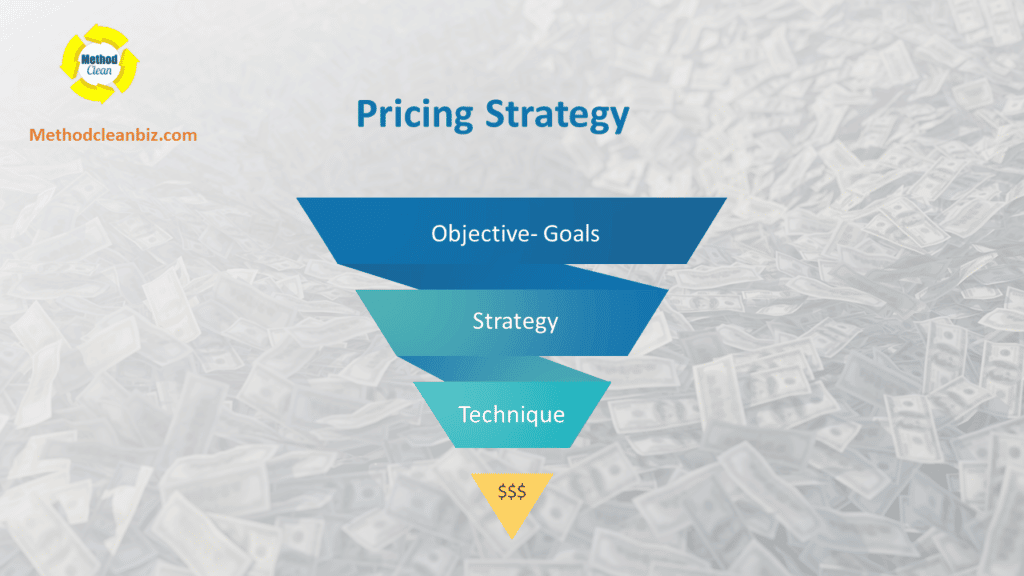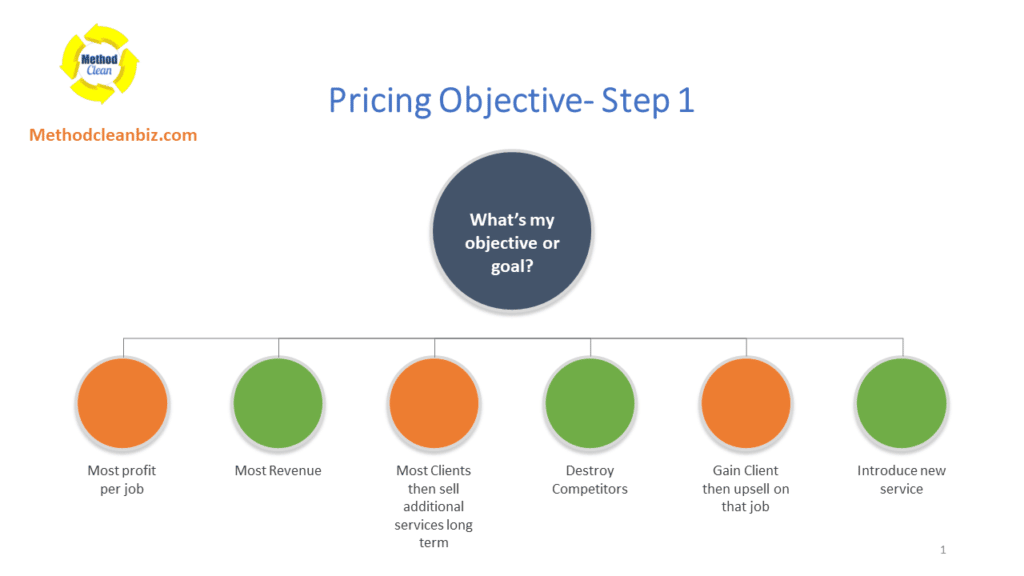Mastering Pricing Strategies for Commercial Cleaning Services: Boost Your Profitability
In the competitive world of commercial cleaning & janitorial services, setting the right price is a balancing act between market demands and your business’s profitability.
This guide outlines effective pricing strategies that cater to various service levels and client needs, ensuring your business thrives in any economic landscape.
Understanding Different Pricing Models
Cost-Plus Pricing
- Definition: Calculate the total cost of providing a service, then add a predefined profit margin.
- Ideal For: Businesses looking for a straightforward approach to ensure profitability on every job.
Competitive Pricing
- Definition: Set prices based on what competitors charge while ensuring your costs and desired margins are covered.
- Ideal For: Markets with high competition where price comparison is common among clients.
Service Level Pricing: Basic, Standard, Economy
- Definition: Offer tiered services ranging from basic to premium, stripping down extras as the price decreases.
- Ideal For: Diversified market segments, allowing customers to choose a level that meets their budget and needs.
Penetration Pricing
- Definition: Enter the market with lower prices to attract new customers, then gradually increase prices or upsell additional services.
- Ideal For: New businesses looking to establish themselves in a competitive market.
Price Skimming
- Definition: Target the upper market segment by setting higher prices that reflect a perceived value of exclusivity or superior quality.
- Ideal For: Services that can be positioned as high-end or luxury, like specialized facility cleaning.
Premium Pricing
- Definition: Consistently offer services at a premium, justifying higher prices with exceptional service quality.
- Ideal For: Established brands with a proven track record of customer satisfaction and quality.
Commercial Cleaning & Janitorial Pricing Calculator
Dynamic Pricing Techniques to Maximize Revenue
- Service Variability: Adjust margins based on the service complexity or customization required by the client.
- Seasonal Adjustments: Implement price changes based on seasonal demand; for example, higher rates during high-demand periods like spring cleaning season.
- Volume Discounts: Offer reduced prices for clients who commit to long-term service contracts or high-volume work, incentivizing larger contracts and repeat business.
Carpet & Tile Cleaning Price Calculator
Pricing Structures: How to Apply Them
- Square Foot Pricing: Ideal for standardized services like carpet cleaning, where pricing is based on the area cleaned. Especially effective for contracts with clear specifications and predictable workloads.
- Hourly Pricing: Best for jobs where the scope is not well-defined or likely to change. It ensures that all labor costs are covered.
- Time and Materials: Charge based on the labor hours spent and materials used. This method is transparent and aligns closely with actual job costs, suitable for bespoke or highly variable projects.
Crafting a Strategy That Suits Your Business Choosing the right pricing strategy involves understanding your cost structure, knowing your market, and aligning with your business goals. By implementing the strategies discussed, you can create a pricing model that not only attracts customers but also drives profitability.
Take Our Quick Assessment to Fine-Tune Your Commercial Cleaning Pricing Strategy
Instructions: Complete the assessment by answering each question with 'Yes' or 'No'. Count the number of 'Yes' answers. A higher number of 'Yes' responses suggests that your pricing strategy is well-aligned with industry best practices and likely to support sustainable business growth. Fewer 'Yes' answers might indicate areas where your pricing strategy could be improved to better meet your business objectives and market demands.


